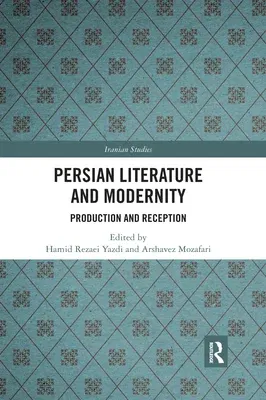Persian Literature and Modernity recasts the history of modern
literature in Iran by elucidating the bonds between the classical
tradition and modernity and exploring textual, generic and discursive
formations through heterodoxical investigations. This is first done
through the rehabilitation of concepts embedded in tradition, including
the munāzirah (debate), Ahrīman (the demonic), tajarrud (radical
aloneness) and nāriz̤āyatī (discontent). Following this are broader
structural and processual treatments, including the emergence of the
genre of the social novel, the international dimension of Persian and
Persianate canon formation, and the development of salvage ethnography
and anthropological discourse in Iran.
Covering literary experiments from the twelfth to the twentieth
centuries, the chapters in this volume make a case for stepping outside
the bounds of orthodox literary scholarship in Iranian studies with its
associated political and orientalist determinants in order to provide a
more nuanced conception of literary modernity in Iran.
Offering an alternative reading of modernity in Persian literature, this
book is an invaluable resource for scholars and students interested in
the history of modern Iran and Persian Literature.

